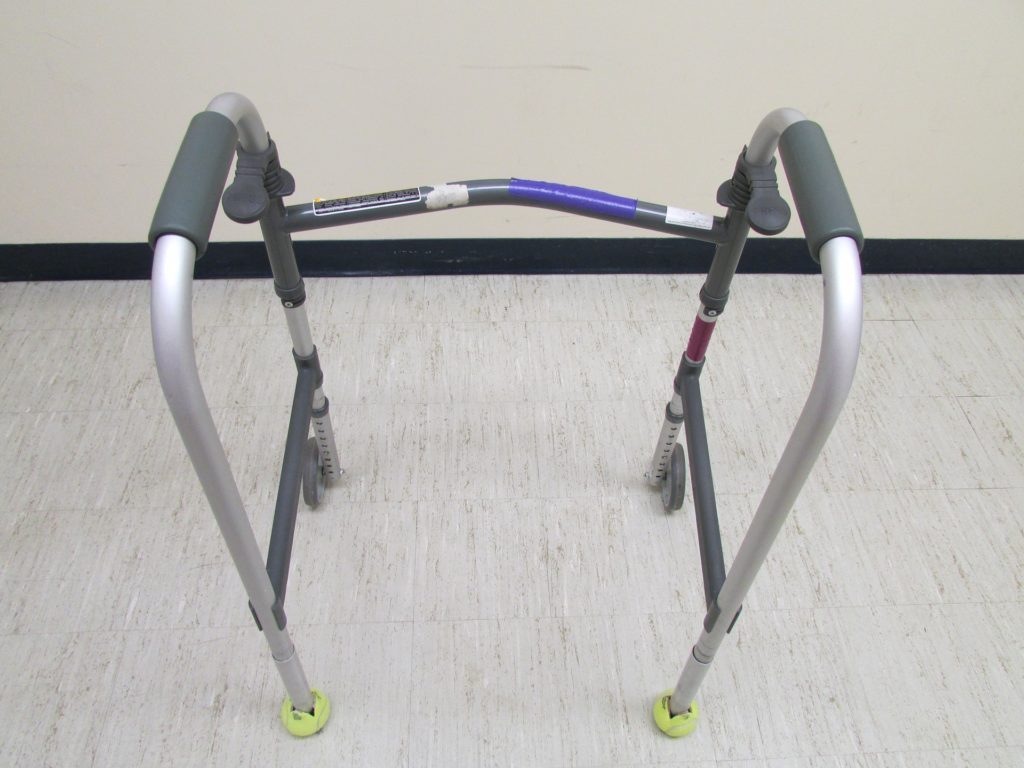
Join me for a trip down memory lane, where I discuss my experience of school in the 70s and 80s as a then-undiagnosed autistic girl. Spoiler alert – it was awful!

Due to their busy schedules, some people concentrate their moderate-to-vigorous exercise on one or two days of the week or on the weekend. A study led by investigators at Massachusetts General Hospital, a founding member of the Mass General Brigham healthcare system, has found that this “weekend warrior” pattern of exercise is associated with a lower risk of developing future diseases (264 in total) and is just as effective at decreasing risk as more evenly distributed exercise activity. The results have been published in Circulation.
“Physical activity has been found to impact the risk of many diseases,” stated co-senior author Shaan Khurshid, MD, MPH, a faculty member in the Demoulas Center for Cardiac Arrhythmias at Massachusetts General Hospital. “In this study, we demonstrate the potential benefits of weekend warrior activity not only for reducing the risk of cardiovascular diseases, as we have previously shown, but also for reducing the risk of a wide range of future diseases, including conditions such as chronic kidney disease, mood disorders, and others.”
Are there additional benefits for individuals who exercise for 20-30 minutes most days of the week compared to those who have longer exercise sessions 5 or 6 days apart, even if both groups meet the recommended 150 minutes of physical activity per week?
Khurshid, along with co-senior author Patrick Ellinor, MD, PhD, the acting chief of Cardiology and the co-director of the Corrigan Minehan Heart Center at Massachusetts General Hospital, and their colleagues analyzed data from 89,573 individuals in the UK Biobank study. The participants wore wrist accelerometers that recorded their total physical activity and time spent at different exercise intensities over one week. The researchers categorized the participants’ physical activity patterns as weekend warrior, regular, or inactive based on the guideline of 150 minutes per week of moderate-to-vigorous physical activity.
The team then sought associations between patterns of physical activity and the incidence of 678 conditions across 16 types of diseases, including mental health, digestive, neurological, and other categories.
The investigators found that both weekend warrior and regular physical activity were linked to significantly lower risks of over 200 diseases compared to being inactive. The strongest associations were found for conditions like hypertension (23% and 28% lower risks over a median of 6 years with weekend warrior and regular exercise, respectively) and diabetes (43% and 46% lower risks, respectively). However, the associations also extended to all disease categories that were tested.
“Our findings were consistent across many different definitions of weekend warrior activity, as well as other thresholds used to categorize people as active,” said Khurshid.

Is there a proven effective plant-based diet for autoimmune diseases like lupus and Sjogren’s syndrome? Are there specialists in plant-based medicine for autoimmune diseases? Can a plant-based diet help with autoimmune diseases like Hashimoto’s? Let’s find out.

A new study has found a potential connection between specific initial symptoms and long-term disability outcomes in multiple sclerosis (MS) research. This discovery could have significant implications for early intervention strategies and treatment decisions in MS care.
Dr. João Pedro F. Gonçalves from the Federal University of Bahia, Brazil, led a study that analyzed data from 195 MS patients. The study focused on the symptoms at disease onset and subsequent functional outcomes. The team’s findings challenge some previously held beliefs about MS progression and open up new avenues for personalized treatment approaches.
“Our research indicates that patients who experience acute blurry vision or sphincter dysfunction when first diagnosed with MS may be at higher risk for developing more severe disability over time,” explains Dr. Gonçalves. “This information could be crucial for healthcare providers in determining initial treatment strategies and monitoring protocols.”
Key findings of the study include:
– Patients presenting with acute blurry vision at onset had 20% higher odds of worse functional outcomes.
– Those experiencing sphincter dysfunction (such as bladder or bowel issues) at onset had 24.5% higher odds of developing more severe disability.
– Contrary to some previous studies, symptoms like acute paralysis and hypoesthesia were not independent predictors of worse outcomes in the long term.
The study used the Expanded Disability Status Scale (EDSS), a widely recognized tool for quantifying disability in MS patients. This approach enabled the researchers to objectively correlate initial symptoms with long-term functional status.
Dr. Gonçalves and his team’s work raises intriguing questions about the underlying mechanisms of MS progression. Why do visual disturbances and sphincteric symptoms herald a more challenging disease course? Could these symptoms indicate more extensive initial damage to the central nervous system, or do they perhaps reflect a different subtype of MS that warrants more aggressive early treatment?
Moreover, the findings prompt consideration of how this knowledge might be integrated into current MS treatment guidelines. Should patients presenting with these specific symptoms be fast-tracked for more intensive therapies? What role might emerging biomarkers play in conjunction with these clinical indicators to further refine prognostic accuracy?
The study emphasizes the intricate connection between different symptoms of multiple sclerosis (MS) and their effect on the quality of life of patients. Although symptoms such as sudden paralysis may initially appear more severe, research indicates that less apparent issues like blurred vision or bladder dysfunction could be more indicative of long-term difficulties. This raises important questions about how to prioritize symptom management in MS care and whether current assessments of quality of life adequately encompass the complete range of MS-related disability.
“Dr. Gonçalves points out, “These findings have the potential to change the way we make initial treatment decisions for MS. By identifying patients at higher risk for severe disability at an early stage, we can consider more aggressive intervention, which could potentially change the progression of the disease.”
The research team recognizes certain limitations of the study, including possible bias in recalling symptoms and the necessity for prospective studies to validate their findings. Nonetheless, this work marks a noteworthy advancement in comprehending MS progression and tailoring patient care.
As the global MS research community digests these findings, several questions emerge: How might these prognostic indicators interact with genetic and environmental risk factors for MS? Could targeted interventions for patients with these high-risk symptoms lead to improved long-term outcomes? And how might these findings influence the development of next-generation MS therapies?
